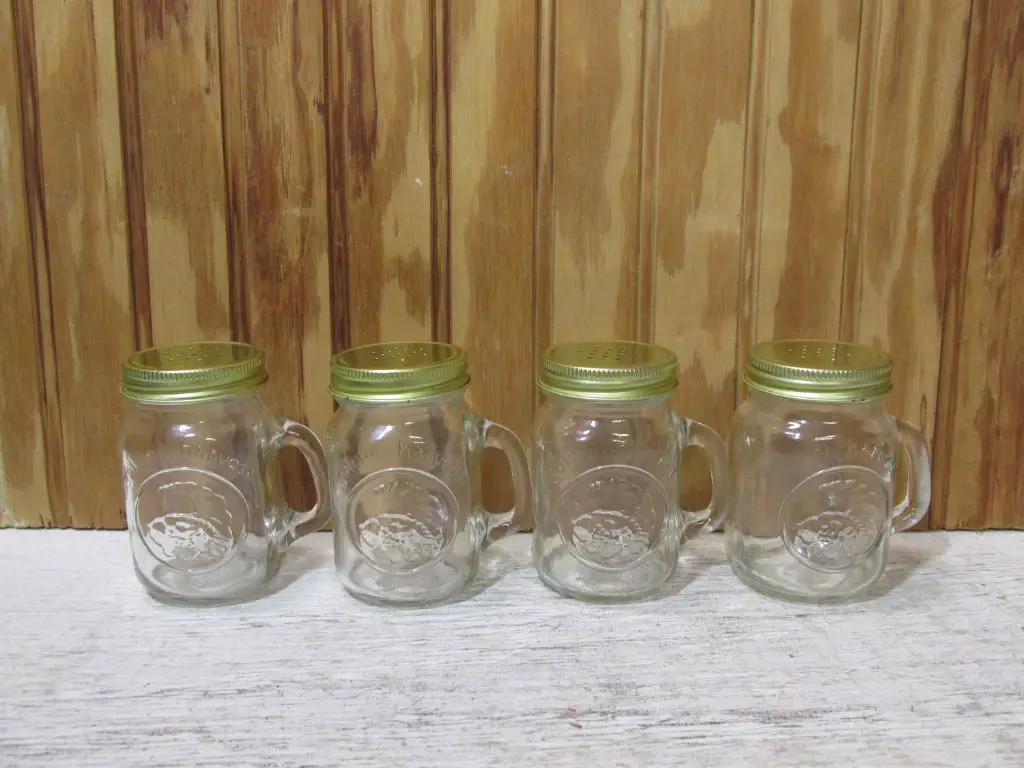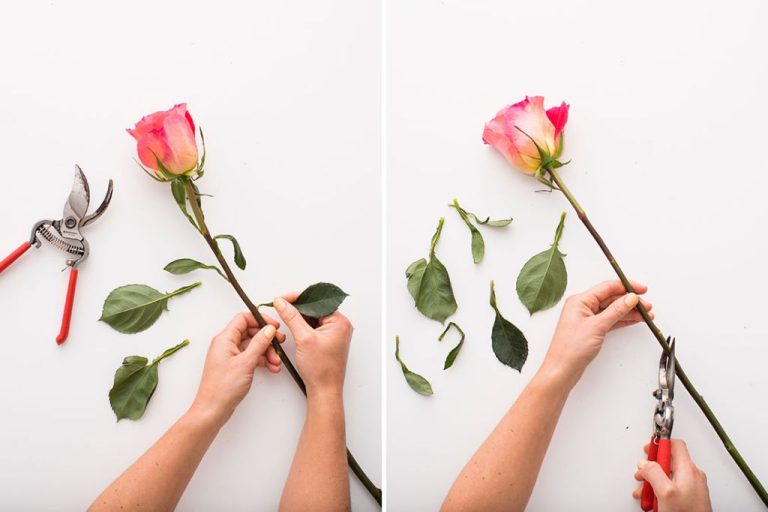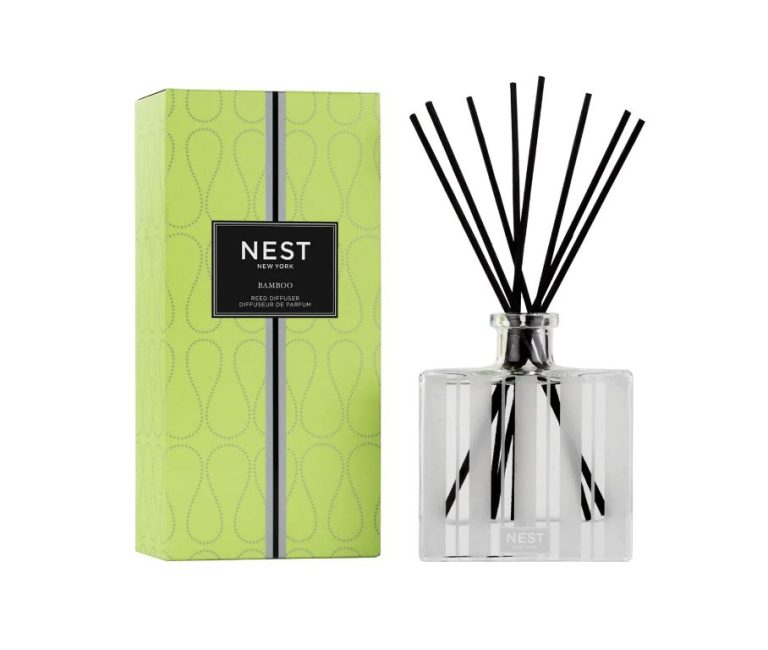How Old Are Golden Harvest Mason Jars?
The Long History of the Mason Jar
Mason jars have been a staple of home canning and food preservation for over 150 years. The first Mason jar was patented by John L. Mason in 1858, though glass jars used for canning had existed before then. Mason’s innovation was to create a jar with a screw-on metal lid and rubber seal that created an airtight environment to preserve foods (https://www.countryliving.com/shopping/antiques/news/a39351/mason-jar-facts/). This improved sealing made Mason jars extremely popular for home canning. Though many brands of canning jars exist today, Mason jars remain the most iconic and popular for DIY food preservation.
Over the years, Mason jar designs evolved with new sizes and mouth styles, but the classic glass jar with metal lid endured. Generations have used Mason jars to can fruits, vegetables, jams, pickles, and more. Beyond canning, these versatile jars are now commonly used for drinking glasses, decor, and storage. Their nostalgic look and utility help explain the continued popularity of Mason jars today.
The Birth of the Mason Jar
The mason jar as we know it today originated from a patent filed in 1858 by a New York tinsmith named John Landis Mason [1]. Mason came up with the idea of using a screw thread on the inside of a metal cap to seal jars while watching a screw being removed from a fire hose coupling. He patented his new jar design later that year, calling it the “Mason jar” after himself.
Mason’s design created an airtight seal, allowing jars to be used for canning and preserving food. The glass jars had a metal screw-on lid that compress a rubber ring against the top of the jar. This innovative threaded design became the basis for the mason jars still popular today.
The Evolution of Mason Jar Design
The earliest mason jars did not have threads around the opening. Instead, they had glass lids with rubber seals that were held in place with wire bails. This design made them prone to breaking and difficult to seal properly. In 1858, John Landis Mason patented the threaded screw top lid, which greatly improved the sealing ability of the jars (Smithsonian Magazine). This two-piece lid system with threads allowed the lid to be screwed on tightly to create an airtight seal.
Over the years, various improvements were made to the lid design. In 1869, Alexander Kerr created a lid with an easily removable rubber gasket, making the jars reusable. In 1886, Henry William Putnam developed a milk glass liner for the zinc lid which prevented food from reacting with the metal. And in 1938, the modern dome lid we know today was invented, featuring a one-piece metal lid with a rubberized flange (Mason Jars). This provided a tight, durable seal and eliminated the need for a separate rubber gasket.
The addition of threads and innovations in lid designs were crucial in allowing mason jars to be easily sealed, stored, reopened, and reused – all important qualities for home canning and food preservation.
The Golden Harvest Brand
The Golden Harvest brand of Mason jars was first introduced in the 1970s by the Alltrista Corporation, which acquired the Ball jar manufacturing company in 1969. According to HealthyCanning.com, Golden Harvest jars were marketed as a lower-priced alternative to the premium Ball brand. The earliest records of Golden Harvest jars being sold date back to around 1973.
The Golden Harvest brand allowed the company to compete in the economy-priced Mason jar market against brands like Kerr. While not as well-known as the classic Ball jars, Golden Harvest jars quickly became popular for home canning and DIY projects. The vintage Golden Harvest jars from the 1970s-1980s with the wheat logo are now sought after by collectors.
Dating Golden Harvest Jars
Dating Golden Harvest mason jars can be tricky, but there are some tips to help identify the age based on logos, text, and colors used on the jars over the years. According to https://frommycarolinahome.com/2020/06/24/having-fun-with-mason-jars/, Golden Harvest jars were first produced in the 1930s by the Indiana Glass Company. The earliest jars featured simple text embossing of the Golden Harvest name.
In the 1940s, a wheat design was added behind the Golden Harvest name. This style of embossing helps date jars from this decade. According to collectors, jars produced in the 1950s added brighter colors and more detailed illustrations of farm scenes. By the 1960s, the wheat was removed and replaced by a colonial farmhouse behind the Golden Harvest text.
By studying the logos and illustrations, collectors can narrow down the era a jar was produced. For example, jars with detailed farm scenes can be identified as 1950s while simple text and wheat dated to the 1930s-1940s. The color of the glass and lid insert can also provide clues. Older jar glass tends to be lighter in color. Reference guides with images of Golden Harvest jars by era are helpful for identifying key details when dating these vintage canning jars.
Popular Styles Through the Years

Golden Harvest mason jars were produced for decades, and collectors today have their favorites when it comes to the most popular and valuable vintage examples. Here are some of the most sought-after Golden Harvest jar styles and eras:
Mid-Century Modern (1940s-1950s) – The sleek, clean lines of the mid-century modern era made for some beautiful mason jar designs. Golden Harvest’s jars from this time period often featured minimal decoration with just a single color band around the center. These showcase the simplicity of the era’s aesthetic.
Art Deco (1920s-1930s) – The Art Deco style brought bold geometric patterns and designs to many household objects including mason jars. Golden Harvest’s Art Deco jars featured striking diamond, zigzag, and stylized floral motifs. These jazz-age patterns make Art Deco jars highly prized today.
Depression Era (1920s-1930s) – The Depression Era jars from Golden Harvest have an elegance and sturdiness that appeals to collectors. Often featuring just a single color band, they were functional yet beautifully made to brighten kitchens during lean times.
Victorian Era (1890s-1900s) – Golden Harvest first produced mason jars in the late 1800s. Their earliest styles featured ornate designs with detailed embossing and silver or gold bands highlighting graceful lettering. Victorian Golden Harvest jars showcase the beauty and craftsmanship of the era.
Reproductions and Fakes
With the popularity of vintage mason jars, reproductions and outright fakes have flooded the market. Telltale signs of a fake vintage Golden Harvest jar include:
- Brand new condition with no signs of use
- Missing trademarks or logos compared to authentic jars
- Unusually bright, vivid colors not faded with age
- Modern-looking fonts, mold seams, or finish
- Labels, lids, or bands in the wrong style for the era
One clue is to look at the mold seams on the sides. Authentic vintage jars will have visible seams from the glass molding process. Fakes often lack these seams or have very faint lines. Examining the finish and lid style can also help date authentic jars versus modern reproductions.
When in doubt, compare jars against documented examples of genuine vintage Golden Harvest mason jars. Resources like this Etsy guide can help distinguish fakes from the real thing. With careful inspection, buyers can avoid paying premium prices for counterfeit jars.
Preserving with Vintage Jars
Vintage mason jars can add rustic charm to your pantry shelves when used to store dry goods like beans, pasta, rice, etc. However, caution should be taken when using old jars to preserve food via canning, fermenting, or jarring.
For canning, the U.S. Department of Agriculture advises against reusing old jars, as the glass and seal may deteriorate over many years of use, preventing a proper vacuum seal (Canning Jar Update – SDSU Extension). The older sealing mechanisms in vintage jars like zinc lids are also less reliable than modern self-sealing lids.
When fermenting foods like sauerkraut, pickles, and kimchi in vintage jars, it’s important to use only jars with no cracks or defects. The fermentation process can wear down glass over time, increasing the chance of breakage. Monitor vintage jars closely when fermenting. Consider using plastic airlock lids rather than metal caps for improved safety and gas release.
For short-term storage of dry goods like coffee, baking ingredients, crackers, etc., thoroughly inspect vintage jars for any chips, cracks, or signs of damage before use. Avoid any jars with flaws, even minor ones. When in doubt, stick to modern canning jars for storing all kinds of foods.
Cleaning and Storing Vintage Jars
Properly cleaning vintage mason jars is key to preserving them and ensuring they are safe for use. When cleaning old jars, it’s important to be gentle so as not to damage the glass or any markings. According to White and Woodgrain, begin by washing the jars in warm, soapy water using a soft brush or sponge to gently scrub away any dirt or residue. For stubborn stains or cloudiness, soak the jars in a mixture of warm water and distilled white vinegar for 30 minutes to an hour. After soaking, use a soft brush or toothbrush to gently scrub affected areas. Avoid using abrasive cleaners or scrubbers that could scratch the glass.
To sanitize the jars for reuse, the National Center for Home Food Preservation recommends submerging them in boiling water for 10 minutes. Allow to fully air dry upside down on a clean towel before use or storage. When storing vintage jars, keep them in a cool, dark place to prevent sun exposure from fading the glass over time. Shelving jars with cardboard or cloth between layers can prevent scratches and chips during storage.
The Enduring Popularity of Mason Jars
Mason jars have remained a staple in American kitchens and pantries for over a century. Though invented as a means for home canning and preserving, their versatility and charm has led to an enduring popularity that continues today. From their humble beginnings in the late 1800s, mason jars have evolved into a nostalgic icon and passionately collected vintage item.
There are several reasons why mason jars continue to capture the hearts of each new generation:
Nostalgia and Tradition – For many people, mason jars conjure feelings of nostalgia. They represent classic Americana and traditional homesteading values. Using vintage mason jars connects people to past eras and generations of women who preserved the harvest in these same jars.
Versatility – While intended for canning, mason jars are incredibly versatile. They can store dry goods, hold flowers, serve drinks, organize spices, and much more. Even in modern times, their usefulness remains unmatched.
Sustainability – Mason jars align well with modern sustainability efforts. They reduce waste, plastic usage, and storage costs. As an added bonus, vintage mason jars carry the appeal of re-using and repurposing materials.
Aesthetic Appeal – With their old-fashioned, rustic design, mason jars bring charm and personality to any space. Their colors and imperfections give off a nostalgic, vintage vibe that fits well with many decor styles. They offer an easy way to add country flair to modern kitchens.
Collectability – For collectors, the variations between eras, brands, and styles make mason jars a treasure to hunt down. Spotting rare jars at flea markets or estate sales is part of the appeal. Some collectors even display their jars as decorative pieces.
Despite advances in technology, the enduring popularity of the mason jar seems here to stay. Their legacy of functionality combined with aesthetic appeal continues to win over fans both old and new.



